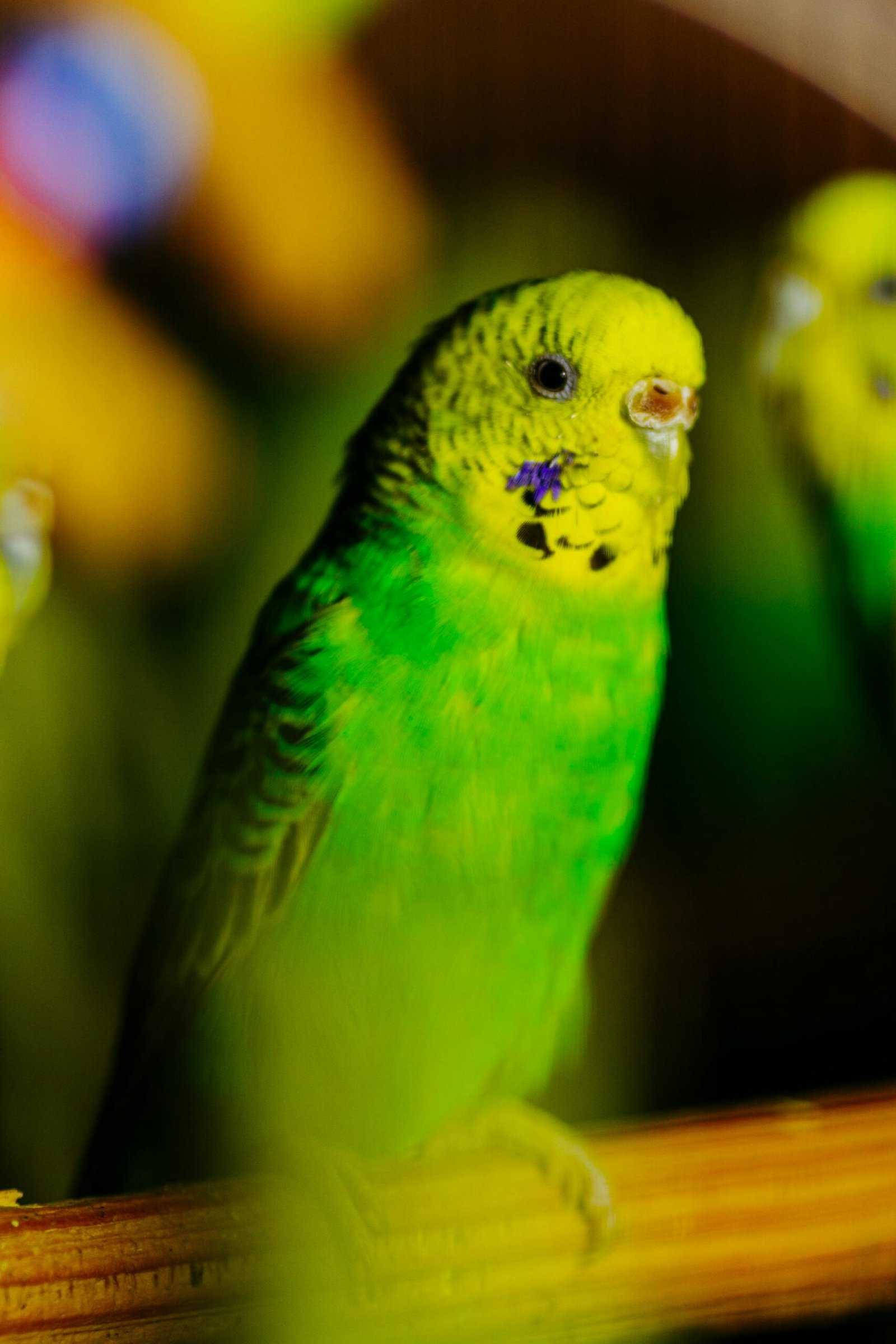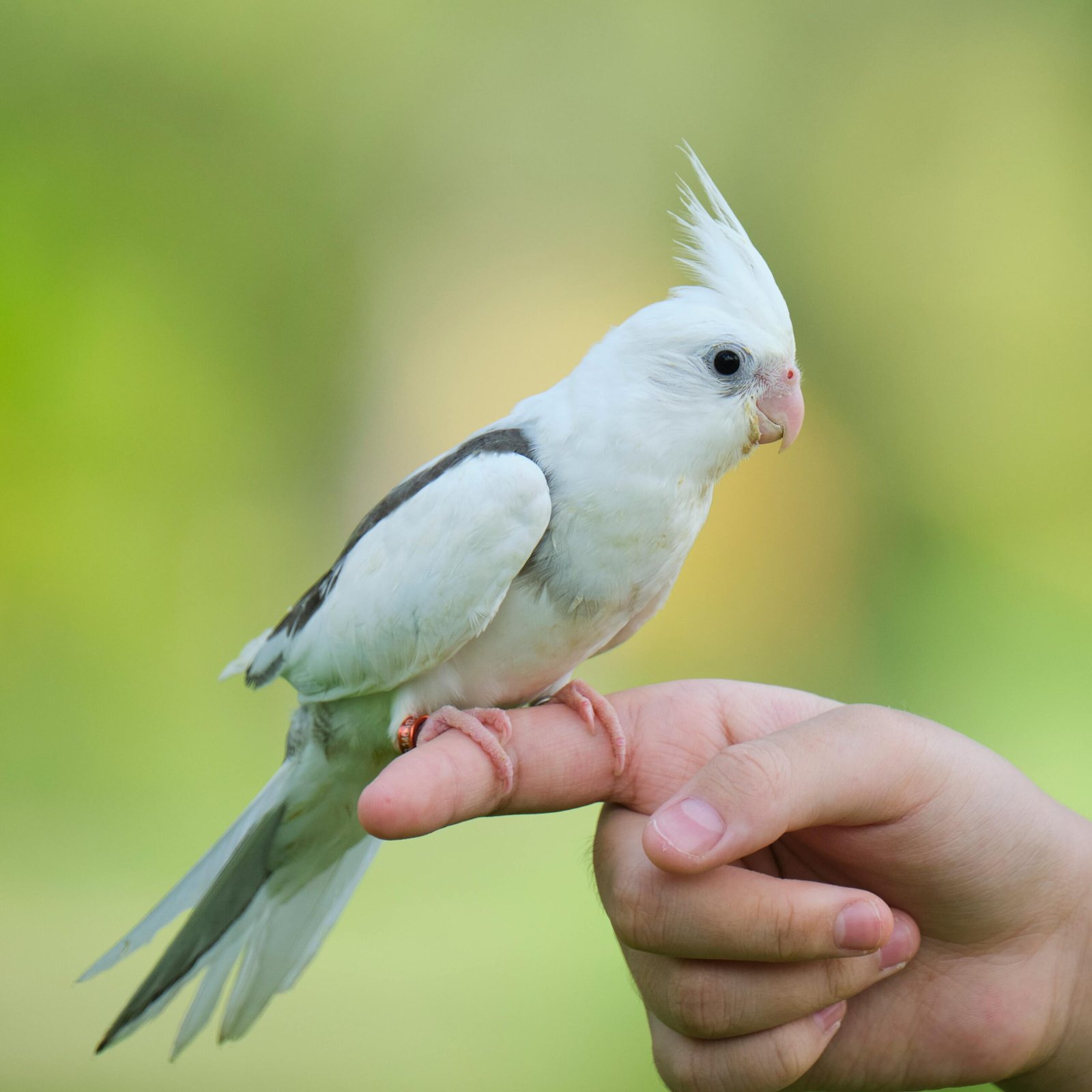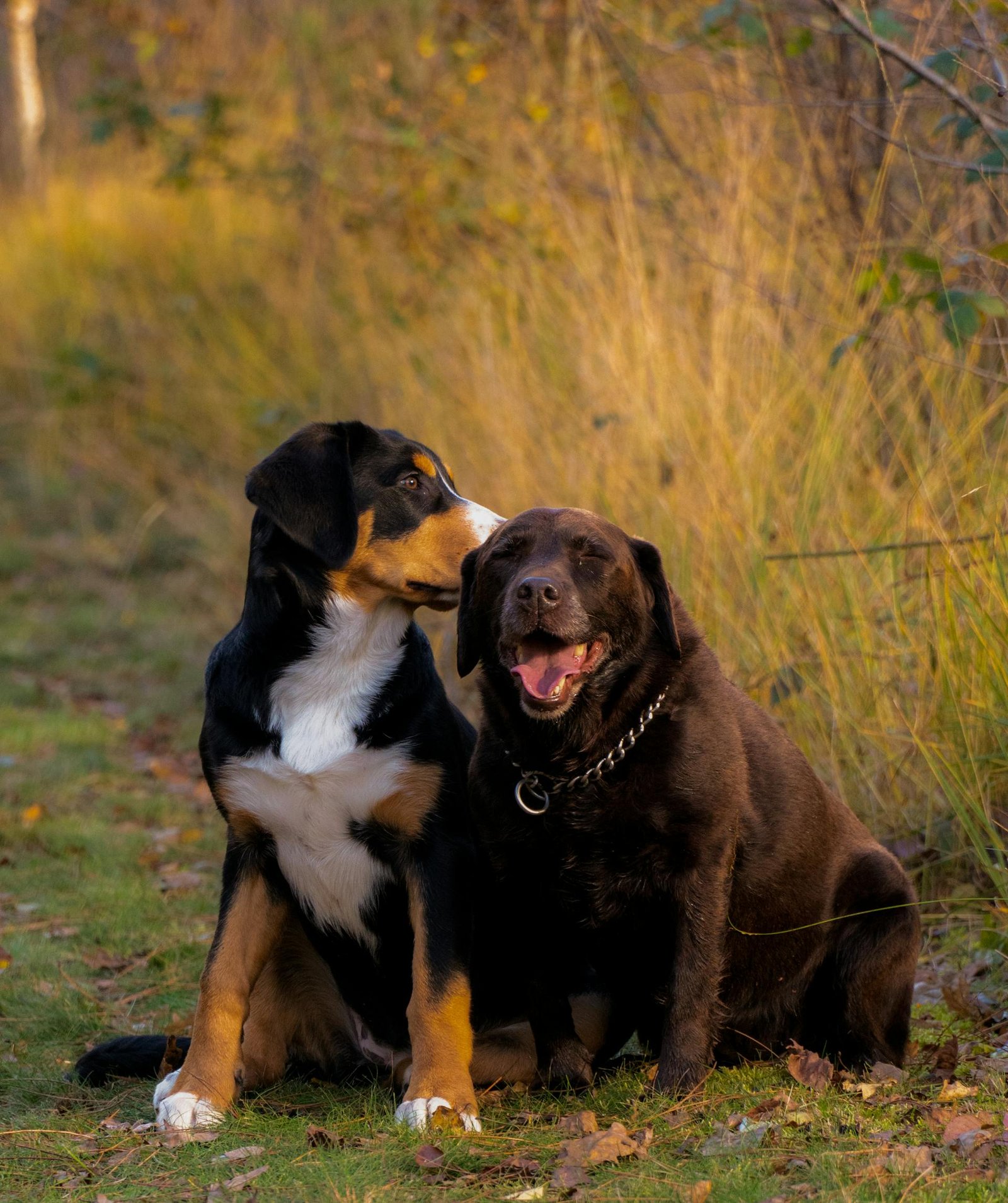Daily Pet Care Checklist for Busy Pet Parents
Balancing a busy schedule with the demands of a cherished pet can be difficult. To help you guarantee that your furry, feathery, or scaly pets get the attention they require without adding stress to your day, we’ve created a detailed daily pet care checklist for busy pet parents. This checklist is intended to help you simplify your routine and keep your pet happy and healthy with little effort.
Introduction: Daily Pet Care Checklist for Busy Pet Parents
Taking care of your furry, feathery, or scaly companion can be difficult when you’re a busy pet parent juggling job, family, and social obligations. However, maintaining your pet’s health and happiness depends on you. A Daily Pet Care Checklist for Busy Pet Parents can be helpful in this situation. This guide makes sure you can maintain your pet’s well-being even with a busy schedule by helping you remember the little things that matter most.
Following a daily checklist will assist simplify pet care, making it simple to maintain your pet’s health and routine, no matter how busy life becomes. This includes everything from feeding schedules to exercise and grooming. We’ll go over all you need to know in this post to create an easy and efficient.
In this post, we’ll explore everything you need to know about creating a simple and effective Daily Pet Care Checklist for Busy Pet Parents.
Morning Routine
1. Feeding
Daily Pet Care Checklist for Busy Pet Parents: Give your pet a meal to start the day. Regardless of whether your pet prefers dry food, wet food, or a particular diet, make sure they have breakfast on schedule. If you find yourself rushing a lot, use an automatic feeder.
2. Fresh Water:
Remember to regularly check and replenish your pet’s water bowl. This is part of the Daily Pet Care Checklist for Busy Pet Parents. For your pet to stay hydrated and be healthy overall, fresh water is essential. A pet water fountain can help maintain clean water and promote drinking.
3. Easy Exercise
Daily Pet Care Checklist for Busy Pet Parents: Giving your pet a quick morning stroll or play session will help them burn off energy and get off to a good start. Even a 10-minute session can make a difference.
Midday Tasks
4. Restroom Breaks
Daily Pet Care Checklist for Busy Pet Parents: If your pet needs a restroom break, make sure they have access to a dedicated location or take them outside. For convenience, use a pet door or hire a dog walker if you will be gone throughout the day.
5. Wellness Check
Daily Pet Care Routine for Intense Pet Owners: Make a fast visual health assessment. Keep an eye out for symptoms of pain or disease, such as altered appetite, low energy, or strange behavior. Respond quickly to any issues raised.
6. Tidy Up
Daily Pet Care Checklist for Busy Pet Parents: Include cleaning up after your pet in your everyday schedule. This entails emptying the litter box, cleaning the water and food bowls, and looking for any mess in your pet’s living area.
Evening Routine
7. Evening meal
Daily pet care checklist for busy pet parents: Feed your pet an evening meal. Feeding times are consistent, which helps to maintain a routine and ensures your pet receives the proper nourishment.
8. Playtime and Bonding:
Daily pet care Checklist for Busy Pet Parents: Spend quality time playing with your pet. Engaging in interactive play not only deepens your bond, but also keeps your pet mentally and physically engaged.
9. Brushing and Grooming:
Daily pet care Checklist for Busy Pet Parents: your pet’s coat to remove stray fur and avoid matting. Regular grooming helps to prevent shedding and keep your pet’s coat healthy. Adjust the frequency according to your pet’s breed and grooming requirements.
Nighttime Tasks
10. Bathroom Break
Daily pet care Checklist for Busy Pet Parents: Make sure your pet takes one final toilet break before going to bed. This helps to prevent mishaps and ensures their comfort throughout the night.
11. Comfort Check
Daily Pet Care Checklist for Busy Parents: Comfort Check. Check your pet’s resting quarters to ensure they are clean and pleasant. Make sure they have a cosy bed or blanket to snuggle into.
12. Medication and Supplements
Daily pet care Checklist for Busy Pet Parents: Medication and Supplements. Make sure your pet takes their medication or nutrients every night. To keep yourself on track, set reminders or use a pill organizer.
Tips for Streamlining Your Daily Pet Care Routine
- Make Use of Technology: To arrange your pet care responsibilities more effectively, spend money on water fountains, automatic feeding, and smart pet cameras.
- Plan Your Time: Make a schedule and try your best to follow it. Staying organized is facilitated by consistency for both you and your pet.
- Assign Tasks: If at all feasible, include roommates or relatives in the daily routine for taking care of the pet. Your workload may be reduced by splitting up duties.
- Make Advance Arrangements: When you have busy days ahead of you, prepare meals and grooming materials ahead of time.
Conclusion
To make sure that your pet’s requirements are satisfied without taking up too much of your time, you must have a daily pet care checklist for busy pet parents.
You may reduce stress while maintaining your pet’s health and happiness by including these regular tasks in your routine. Whether it’s feeding, playing, or grooming, you can give your furry, feathered, or scaly friend the greatest care by being prepared and reliable. Accept these suggestions and witness your pet flourish while receiving the care and affection they merit!
Reference











































